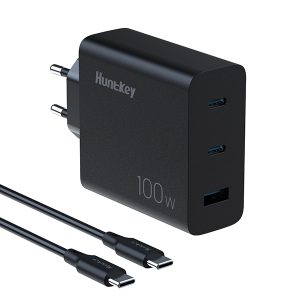USB ports are all around us, in our laptops, phones, and other portable devices. But what’s the story behind those ports? And why do we need them? In this blog post, we’ll explore what a USB port is and what it does, as well as explain why you might need a USB PD charger.

What is a USB PD Charger?
USB Type-C is the latest connector type on the market, and with good reason. It’s reversible, so you can plug it in the wrong way and it won’t damage your device. And because it uses less power than a typical USB connector, a USB PD charger can give your devices an extra boost when they’re running low on juice.
A USB PD charger can also be used to charge other devices using Type-C cables. Just like regular chargers, you’ll need to have a Type-C cable to use a USB PD charger, but there are some differences that you should be aware of. For one, the charging speed will be much faster than with a traditional charger. This is thanks to the fact that the Type-C cable has more data transfer capability than a typical USB cable.
Ultimately, whether you need a USB PD charger depends on your individual needs and preferences. But if you’re looking for an extra boost when it comes to charging your devices or wants to be able to charge other devices with Type-C cables, a Huntkey USB PD charger is definitely worth considering.
What are the benefits of using a USB PD Charger?
USB Power Delivery (USB PD) is a new charging standard that enables faster and more efficient charging of electronic devices. USB PD is especially important for battery-powered devices, as it offers a much faster charge than traditional USB chargers.
Here are some of the benefits of using a USB PD charger:
1. Quicker Charging Times: With a USB PD charger, you can expect charging times to be much faster than with a regular charger. This is especially true for battery-powered devices, where a fast charge can significantly extend your device’s battery life.
2. More Efficient Use Of Energy: A USB PD charger uses less energy to power your device than a traditional charger, which means you’re conserving energy and reducing your environmental impact.
